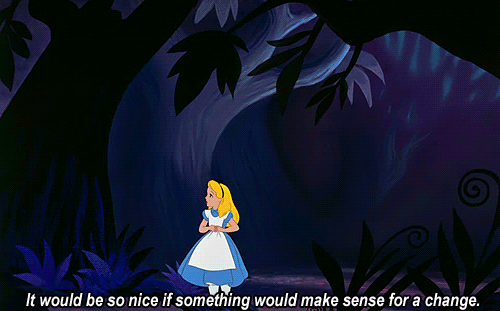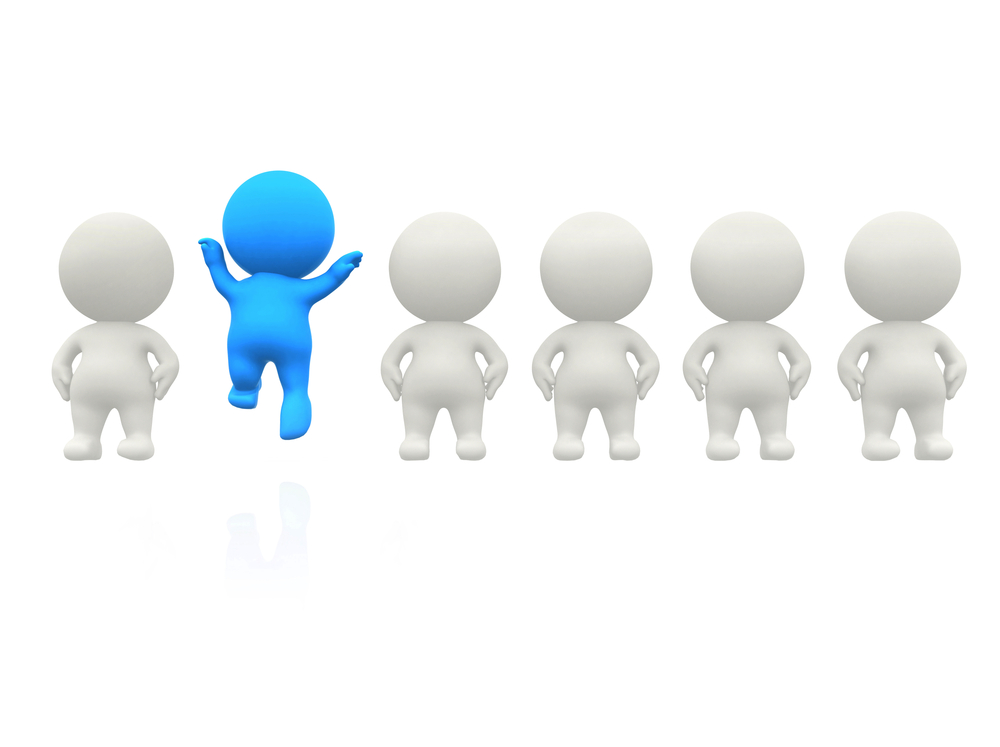At your company, how often does a customer account change owners?
As someone moves from lead to prospect to new customer to retained customer, their account changes ownership at least four times. They have dozens of interactions with your company.
And at every step, you have an opportunity to improve those interactions and make those ownership handoffs smoother.
The customer experience journey
Come with me on a journey through the standard B2B SaaS customer experience. We’ll start where journeys usually start - at the beginning, when a person becomes a lead.
The main players in our journey:
- Company X: A typical growth-stage B2B SaaS company, with an ACV of $30k
- Alice: A professional who’s considering buying a new product in Company X’s industry
Awareness
Company X’s marketing team plans a webinar. Alice sees a tweet about the webinar from a friend of a friend, so she decides to register and attend the webinar. The webinar is run by the company’s senior demand marketer, and features a conversation between the company’s CRO and another industry expert.
The day after the webinar, Alice gets an email from the marketing team with a recording of the webinar. The email is sent from the email marketing manager to make it seem more personal (even though Alice and everyone else who attended that webinar knows they’re receiving a mass email with a few personalization tokens).
The day after she receives the webinar recording email, Alice receives a call from a BDR wanting to know what brought her to the webinar. Alice is a kind soul, so she answers the call even though it’s from a phone number she doesn’t recognize. It turns out Alice might be in the market for a product like what the company offers, so she agrees to a 20-minute meeting to discuss.
Consideration
The BDR sends Alice’s information to and creates a meeting invitation with an account executive, who takes over. The AE holds the meeting with Alice, and learns more about her needs.
After the call, Alice is still interested in Company X’s product, so she schedules another call for a deeper dive into her needs and a customized demo. A sales engineer joins the AE on that call, so they can talk about specific product and implementation details.
Decision
Alice decides to move forward with the product. The quoted sales price is a bit more than she’s approved to spend, so she asks for a discount. The AE connects Alice to his manager, who approves a 10% reduction in price. Once they agree on price, Alice has to work through some contact redlines with Company X’s legal team.
Then she signs the contract, and is introduced to the onboarding team. Alice will have a dedicated onboarding contact for the first 30 days of her new service.
Adoption
After that initial 30 days of onboarding, Alice is handed over to her ongoing account manager.
Alice has a question a couple months into her contract, and visits her account portal. A friendly chatbot pops up, asking if she has a question. She types in her question, goes back and forth unsuccessfully with the chatbot AI for a minute before she’s connected to a customer service representative (a real person!), who helps figure out her issue.
The next day, she gets an email from her account manager: “Hey Alice, noticed you were exploring this new feature in your account. Would you be interested in discussing an upgrade to access more of that feature?” Alice declines for now.
A few months later, Alice gets an email from a new account manager. “Hi Alice, we haven’t met yet, but I’m going to be managing your account from now on! Please let me know if you want to discuss your account.”
Retention
At renewal time, Alice decides she does want to explore that upgrade, so she reaches out to her account manager. After a successful back and forth, Alice’s account is upgraded. She’s now spending enough money to be considered a key account! That means she has access to a dedicated CSM who can answer any questions she might have. She’s also connected to a new AM with expertise with larger accounts.
During all this, Alice has also followed the company on Twitter and LinkedIn (both run by the company’s social media manager), and continues to receive marketing emails every month. Those emails come from the customer marketing manager.
At this point, Alice has been connected with Company X for about 18 months. She has interacted with at least 16 different people from the company (17 if you count the chatbot)! And she’ll probably interact with many more over the lifetime of her account.
This experience hasn’t been particularly complex. It hasn’t been the result of too much Company X employee turnover. Alice hasn’t been a demanding customer. Company X hasn’t been overly intrusive. This is just a normal customer experience.
It’s also a very messy customer experience. At the very least, the experience has so much room for error. 16 different people, each with different incentives and different interpretations of company messaging. This could be a frustrating and confusing experience for Alice - she may not know who to turn to when she needs something. She may feel overwhelmed by all the handoffs and touchpoints.

Why does this matter?
Bad customer experience inevitably leads to unhappy customers who churn out. They may leave negative reviews or tell colleagues not to buy from your company. They don’t get what they need from your product. They waste time, money and energy.
Good customer experience typically leads to happy customers who stick around. They may leave positive reviews or tell colleagues to buy from your company. They get what they need from your product. They save time, money and energy.
Which do you choose?
A happy customer means you keep their revenue. It also mean you can get more revenue - from them and from their network.
An unhappy customer means you lose their revenue. You may also lose other revenue - other potential customers may choose not to buy from you if they encounter negative information from that unhappy customer’s word of mouth.
Of course you choose the good customer experience and the happy customer. But how?
Customer experience = revenue
A lot goes into ensuring you have happy customers. Your company’s customer experience - the sum of all a customer's interactions with your company - will impact their happiness, and ultimately their satisfaction with your company. When harnessed appropriately, that satisfaction translates into revenue growth.
It’s also a competitive advantage for your business, because the experience we described with Alice is typical. A mediocre customer experience is just something we’ve all come to expect. But what if yours was better?

Customer experience involves marketing and communications, new business acquisition, customer retention and expansion, customer service, product development, legal, etc… Everyone in your organization has a role in customer experience. Especially those teams on the front lines with customers - your company's revenue organization.
Over the next few months, we’ll be exploring full customer experience journey in a lot more depth on the Gradient Works blog. We’ll dive into handoff after handoff after handoff - from the first inkling of awareness to the long-haul customer who’s one of your biggest external advocates. We’ll share tips to make your customer experience smoother - both for your teams and for your customers - and strategies for thinking about your customer experience as a whole.
Your customer experience is a system. Your revenue organization is a system. And what’s more: they are fundamentally the same system. Every process, every node, every input, throughput, and output impacts the rest of the system in many ways.
A weak system cannot thrive. It cannot grow. Strengthening the system - and achieving growth - requires coordination from every team involved. Adjusting one component in isolation can lead to better outcomes for that component, but can impact the system in other, unintended ways.
I started this post by asking, at your company, how often does the ownership of a customer account change? At every one of those ownership changes, you have an opportunity to improve. Let's work on it together.
Don't forget to subscribe to our Up and to the Right newsletter! Every week, it's packed with lots of great content written for revenue leaders and operators.




